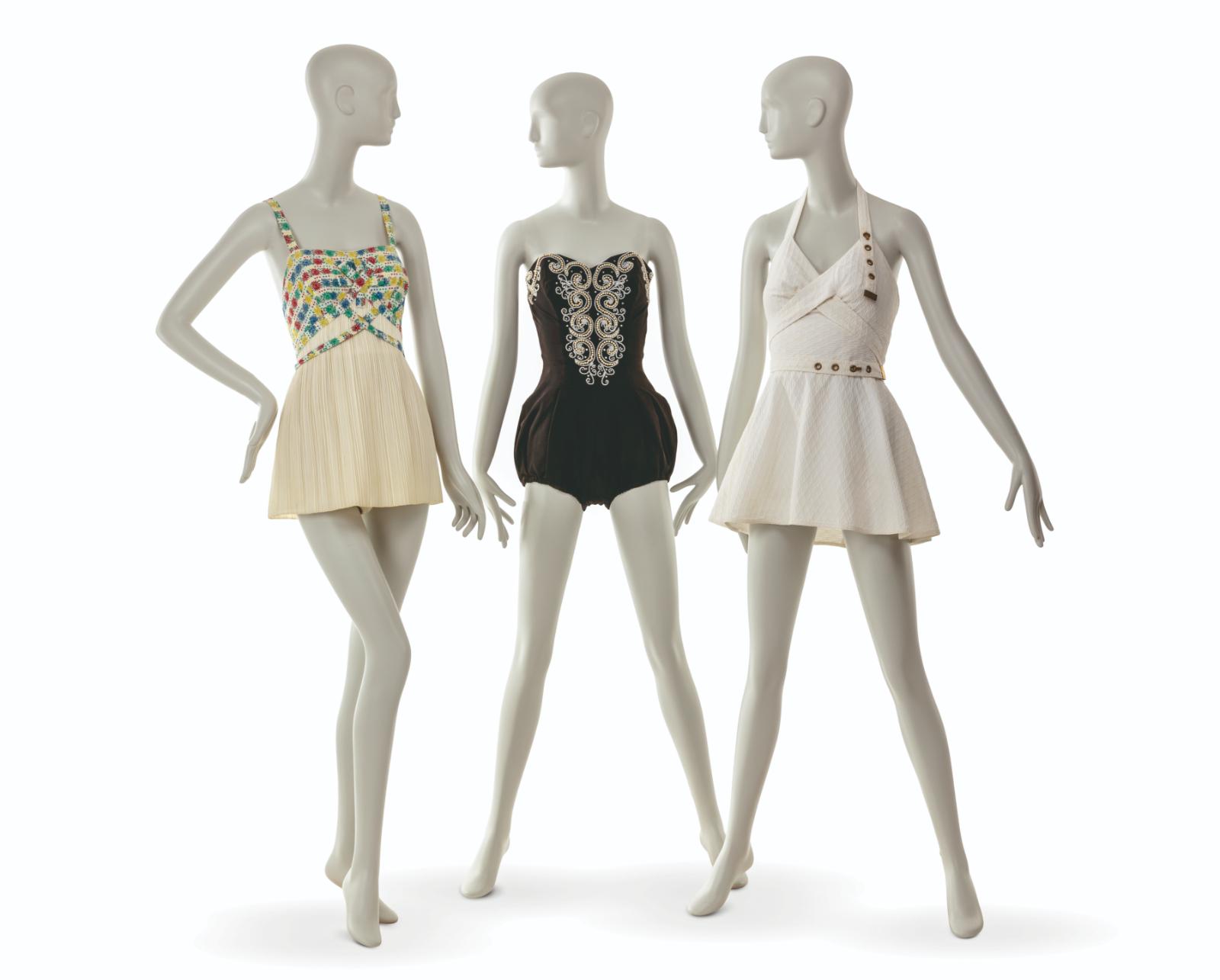The exhibition covers 250 years of fashion through the eyes of women, some famous, some not so famous, whose experiences intersect with the history of women’s ongoing struggle for equality. 2020 marks the 100th anniversary of the ratification of the 19th Amendment of the U.S. Constitution. The landmark legislation granted some women the right to vote and the historic milestone provides an occasion to think about the ways in which women—including women in fashion—have pursued equity and greater opportunity.
Born into slavery in 1818, Elizabeth Keckley first learned how to sew from her mother. Despite enduring decades of harsh treatment, her reputation as a high-quality dressmaker rose, and she was able to purchase her freedom in 1855. Keckley soon opened a dressmaking business in Washington, D.C., and rose through the ranks to become a leading designer for the social elite, including the personal dresser and couturiere to First Lady Mary Todd Lincoln as well as a noted civil rights activist and author. Keckley’s remarkable story, along with those of 70 others, are told in this groundbreaking exhibition.
In Europe, Lady Duff Gordon survived the Titanic disaster and went on to establish the fashion design house, Lucile, Ltd. She was known in the fashion sphere for her soft, frothy lace designs and was the first to introduce “mannequin parades,” precursors to today’s fashion runways. Names like Bonnie Cashin and Pauline Trigère emerged after World War II as top-tier designers of coordinated, easy-to-wear ensembles, further establishing the “American Look.” With a simplistic ease and practical bent, designer sportswear led clothing trends in a new direction.
“This exhibition provides us with an opportunity to reveal, recognize and celebrate the accomplishments of women designers, individually and collectively.” says Petra Slinkard, PEM’s Nancy B. Putnam Curator of Fashion and Textiles. “Fashion is often thought of as being solely about consumption and presentation. It can be written off as frivolous. But as this exhibition vigorously asserts, fashion represents so much more: from defining cultural moments and advancing political causes, to deeply impacting the global economy and ecology.”
































